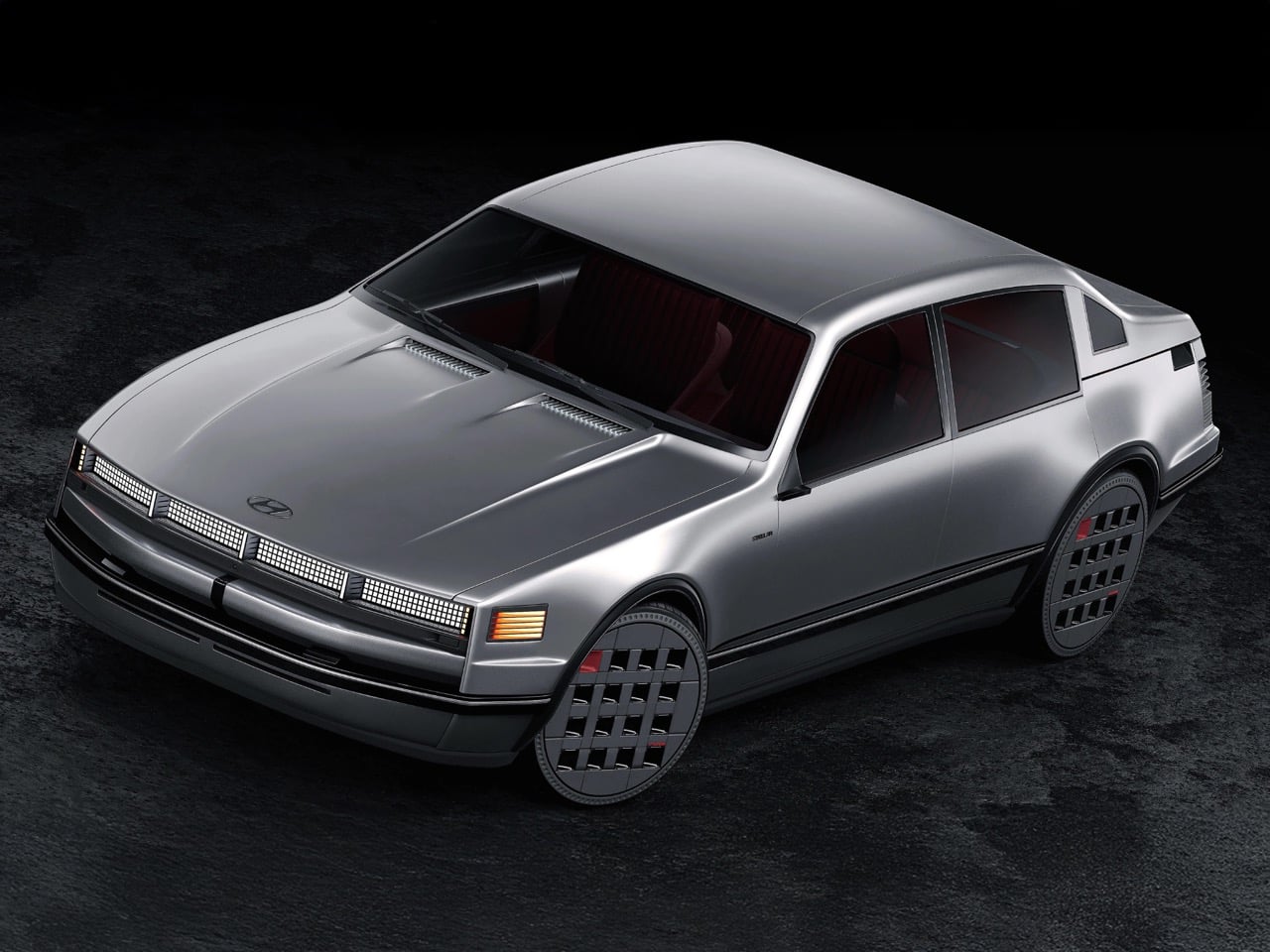
Hyundai’s been playing with pixelated lighting since the Ioniq 5 dropped in 2021, and honestly, it’s one of the few genuinely fresh design languages to emerge from a major automaker in the last decade. Those blocky LED clusters became instantly recognizable, a rare feat in an industry where most headlights look like angry origami. So when I stumbled across the Second Star project on Behance, a fan-made concept inspired by the obscure 1980s Hyundai Stellar, the first thing that grabbed me was how confidently it runs with that same pixel vocabulary. Exterior designer Hyun Been Kye and interior designer Chris Min spent three weeks building this in Blender and Maya, and the result is better than half the heritage concepts coming out of actual OEM studios.
The Stellar itself is a footnote in automotive history, a boxy sedan that barely registered outside Korea. That obscurity is exactly what makes it perfect source material because there’s no sacred silhouette to preserve, no angry purists to appease. Kye took the basic wedge proportions and reimagined the whole thing through a digital lens. The front end is dominated by a full-width grid of rectangular LEDs that function as both headlights and the car’s primary visual signature. It’s clearly descended from the Ioniq 5’s lighting treatment but pushed further into abstraction. The grid pattern isn’t trying to mimic traditional lamp shapes, it commits fully to looking like a computer display wrapped around the nose of a car.
Designers: Chris Min & Hyunbeen Kye
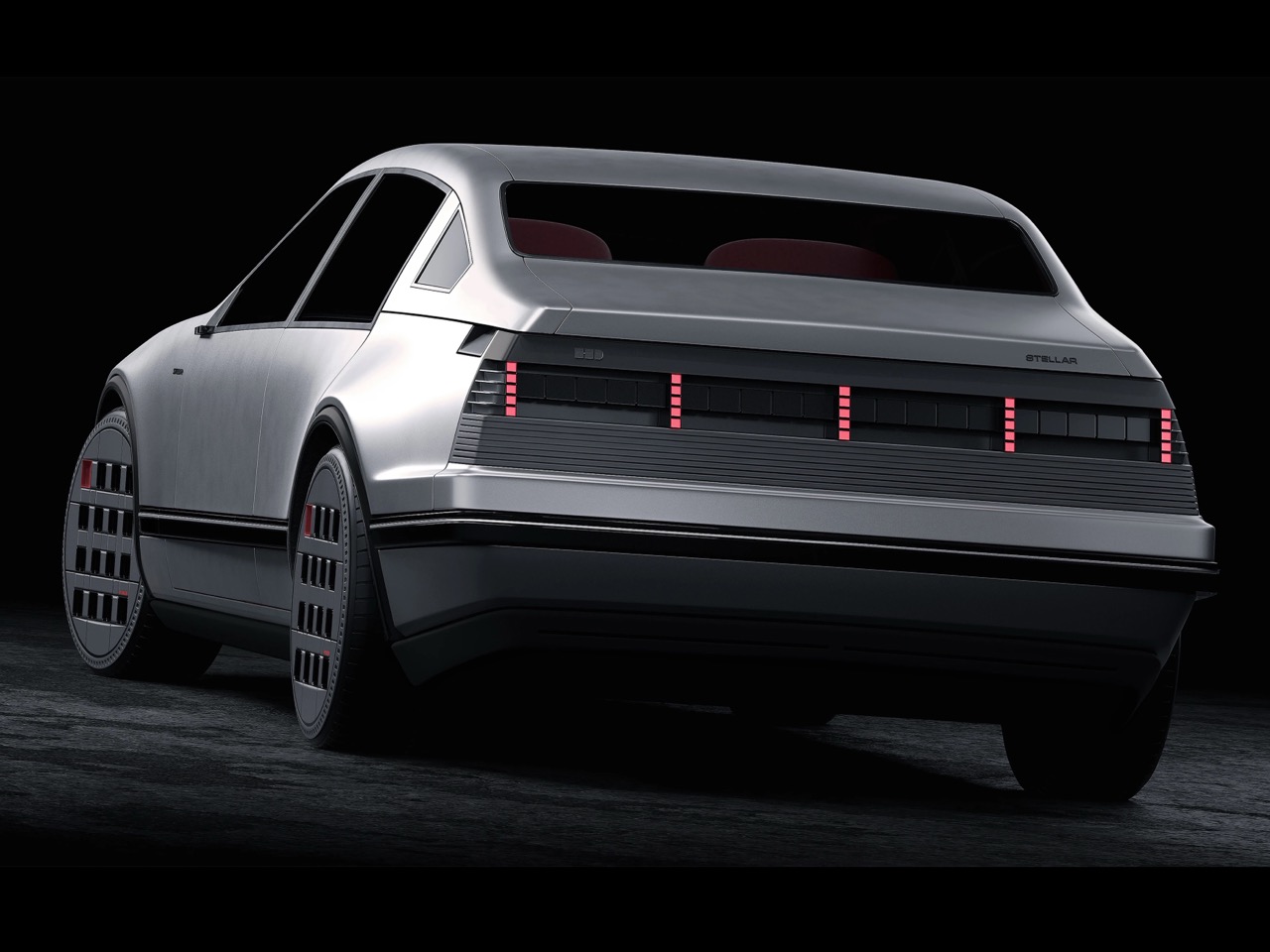

The proportions walk a tricky line between 1980s geometry and modern expectations. The roofline sits tall and upright in a way that would horrify aerodynamicists, but the designers leaned into the boxy aesthetic rather than trying to smooth it over with contemporary curves. There’s a single sharp character line running from the front fender to the rear quarter, and the surfaces stay taut instead of getting bloated the way retro revivals often do. The fastback rear end adds some motion to what could’ve been a very static three-box shape. Those five vertical LED strips in the tail echo the pixelated front-end treatment and create a memorable rear view without resorting to the fake diffusers and exhaust outlets cluttering up most concept cars these days.
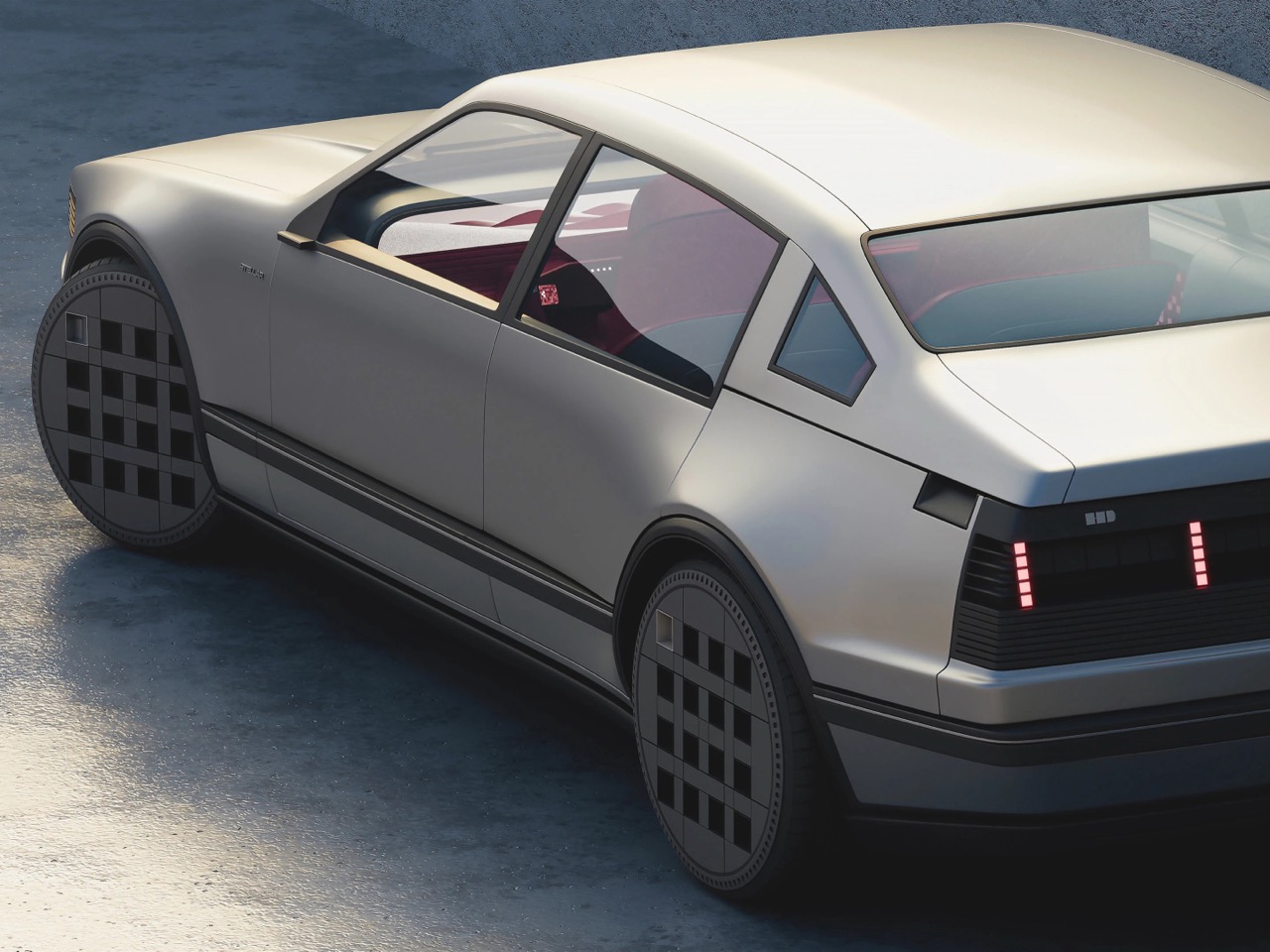
The wheels deserve their own discussion because they’re either brilliant or completely impractical depending on your tolerance for form over function. Semi-enclosed disc designs with grid cutouts match the pixel language running through the rest of the car, and that visual consistency is what separates decent design work from stuff that actually lands. In reality, wheels like this are terrible for brake cooling and add unsprung weight, but this is a render exercise, not an engineering proposal. The matte black finish grounds the metallic silver body and prevents it from looking too floaty. The contrast gives the design some punch without going full murdered-out, and the wheel pattern matching the headlamp grid shows obsessive attention to detail.

The side profile stays cleaner than I expected given the 1980s inspiration. Flush-mounted door handles are standard concept car fare at this point, but the execution here is subtle enough that it doesn’t scream for attention. The window graphics are sharp and the beltline rises toward the rear, giving the car a forward-leaning stance that keeps it from looking too upright and boxy. You can see hints of Hyundai’s Prophecy concept in how the body sides are treated as a single continuous volume with minimal interruption. The Second Star feels more aggressive thanks to those sharper window angles and the kicked-up rear quarter, but it maintains that smooth, unbroken surfacing that makes modern renders look so appealing.
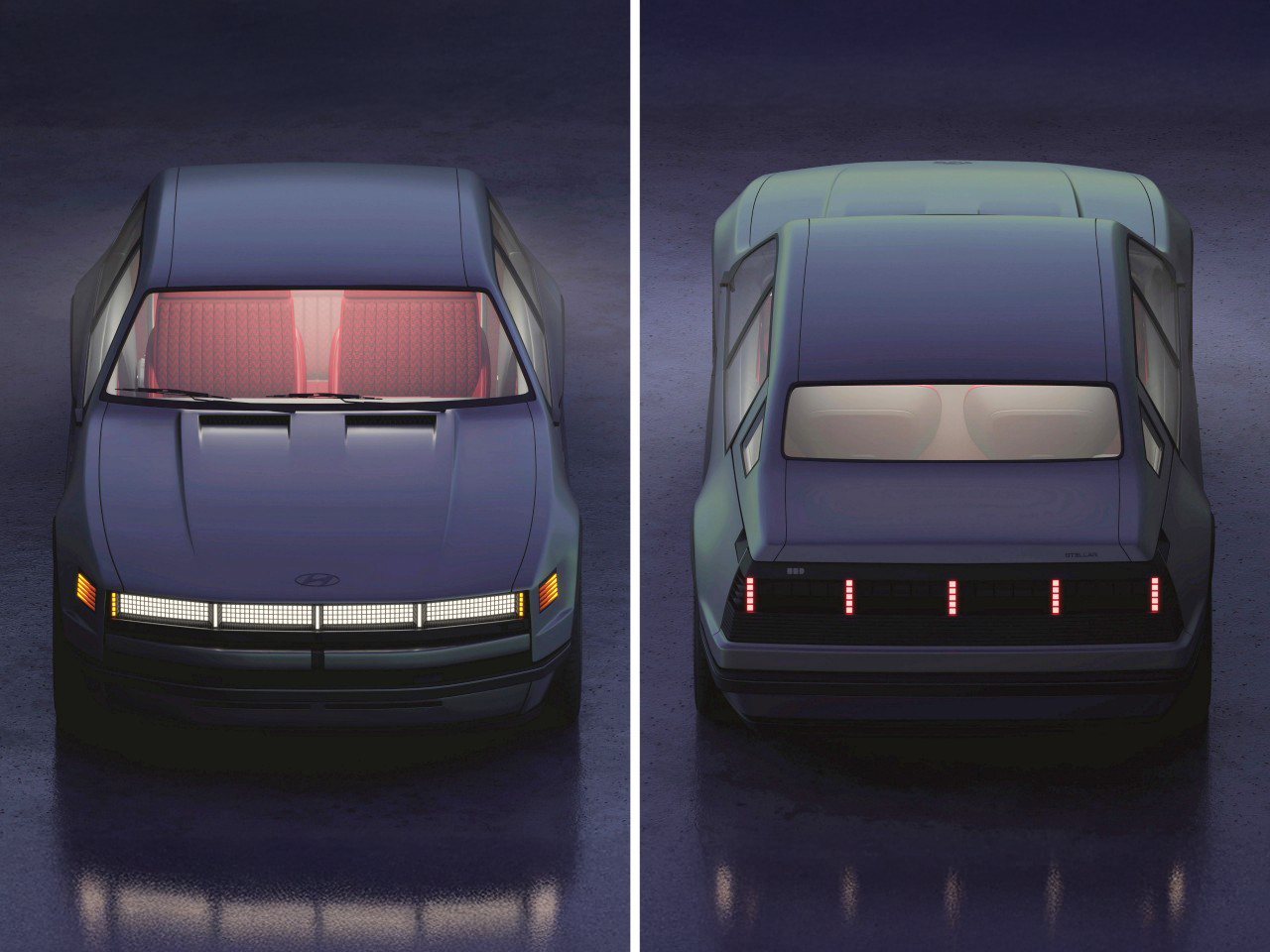
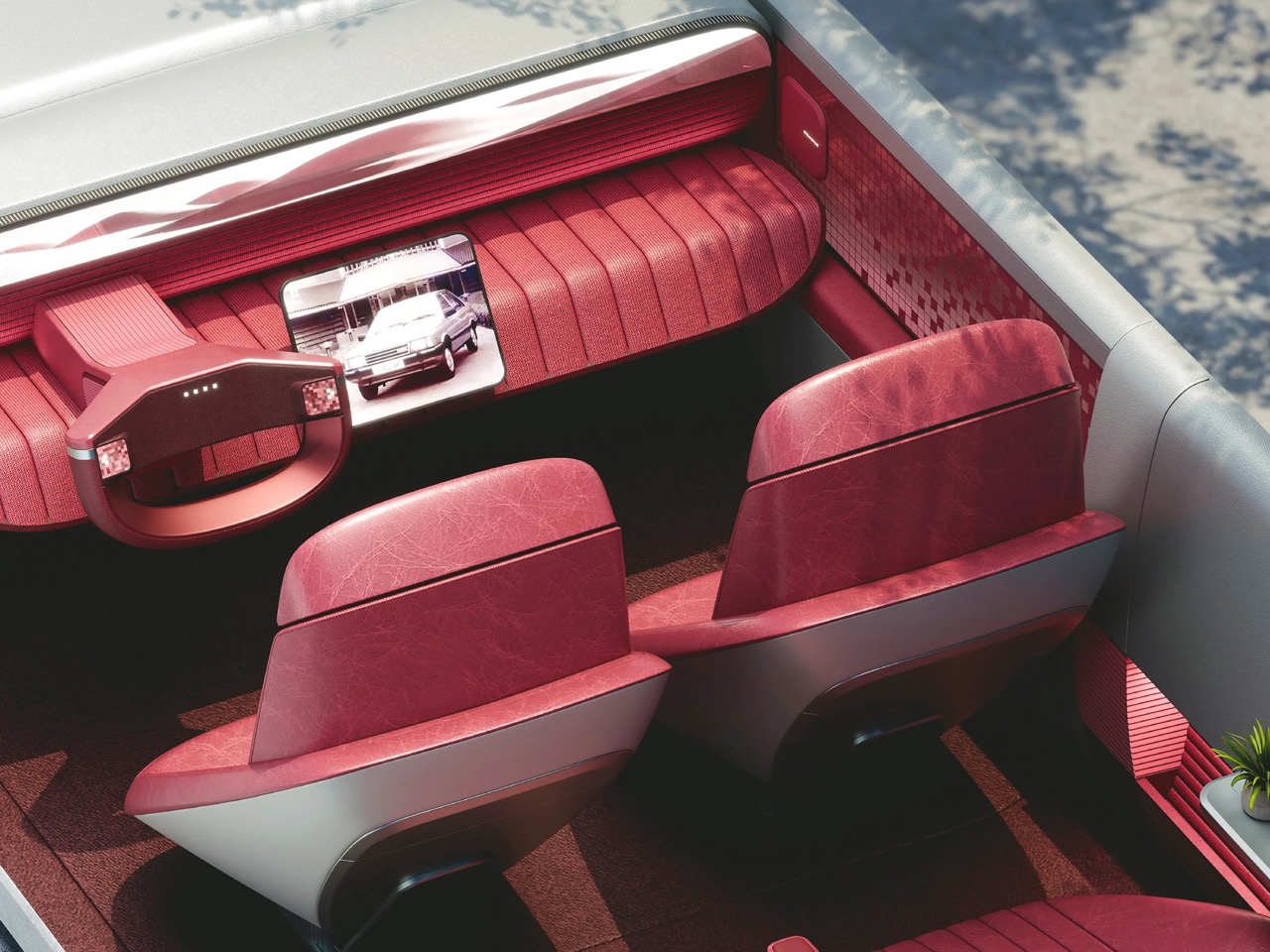
The interior is where things get bold. Deep red upholstery dominates every surface, from the quilted seats to the ribbed door panels, and it’s saturated enough to feel deliberate rather than garish. The dashboard continues the horizontal pixel theme with textured surfaces and integrated screens, and there’s a yoke-style steering wheel that looks more functional than Tesla’s version thanks to better-defined grip zones. A small floating shelf beside the passenger seat holds a potted plant, which is peak concept car whimsy and would never survive a production safety review. The detail that really sells the interior, though, is the vintage Stellar photo displayed on the center screen. It’s a smart way to acknowledge the heritage without turning the whole cabin into a retro pastiche.
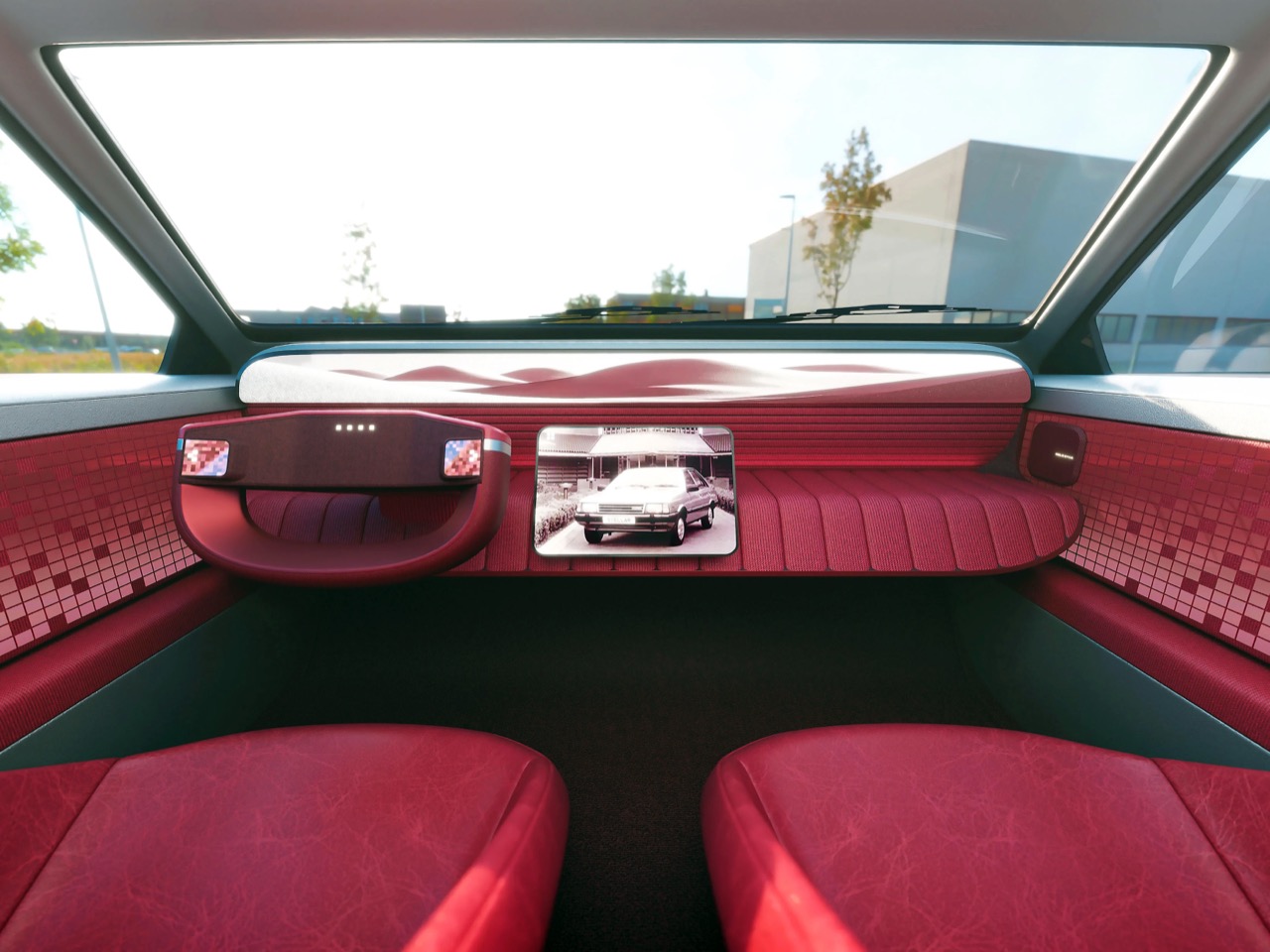
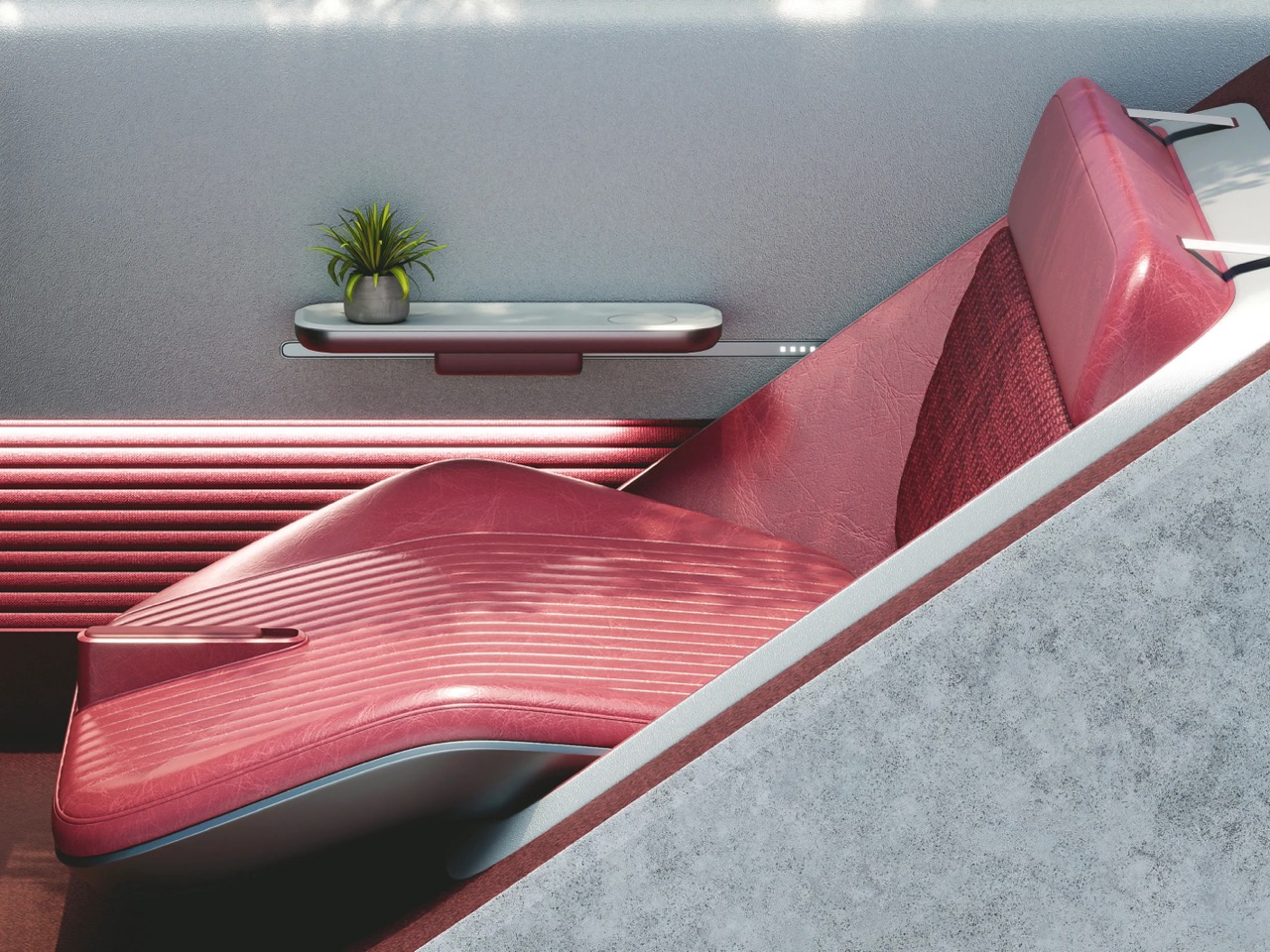
The rear bench looks lounge-like and comfortable, the kind of seating you’d expect in an autonomous-future concept. A full-length glass roof reinforces the open, airy vibe, and there’s almost no conventional instrumentation visible anywhere. The designers are clearly imagining this as either fully autonomous or radically simplified in terms of driver interface, which is a convenient way to avoid the hard problem of designing actual controls. Given the three-week timeline, focusing on big visual gestures instead of functional minutiae makes sense. The pixel motif integrates into the door panels and seat backs, and white trim around the seats keeps the red from feeling too oppressive. It’s a bold interior that probably wouldn’t age well in real life, but as a design statement, it absolutely works.
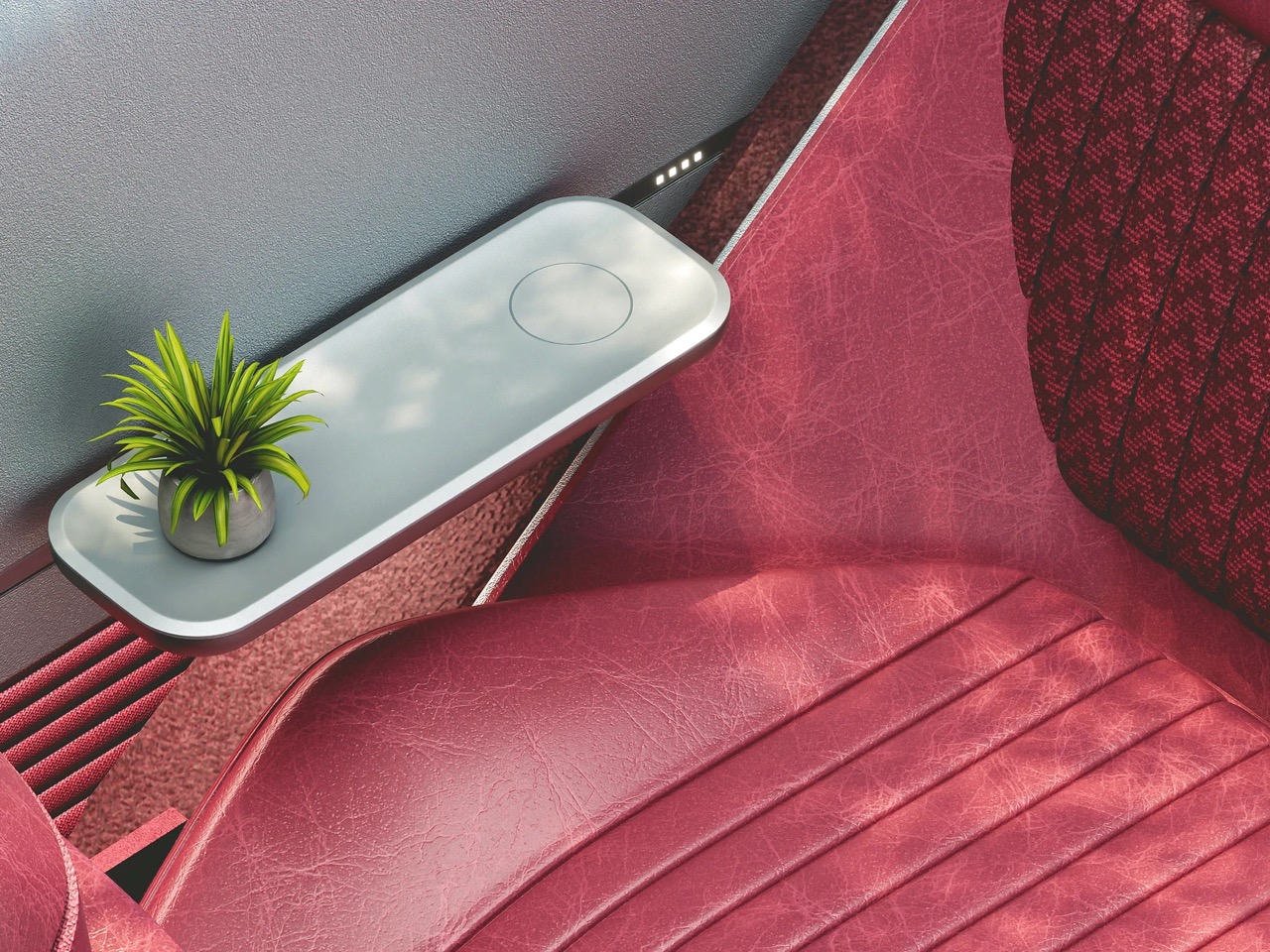
The Second Star isn’t going to influence production cars anytime soon, and it’s not trying to. What it does do is prove there’s still unexplored territory in retro-futurism if you’re willing to dig past the usual suspects. Kye and Min clearly understand that successful heritage design requires more than surface-level callbacks. You need a coherent visual language that carries through every detail, from the headlights to the door trim to the wheel pattern. The fact that they pulled this off in three weeks using student-level tools is both impressive and slightly embarrassing for studios with far bigger budgets. If Hyundai’s smart, they’ll at least take note of how well this pixel language scales across an entire vehicle when you commit to it fully.

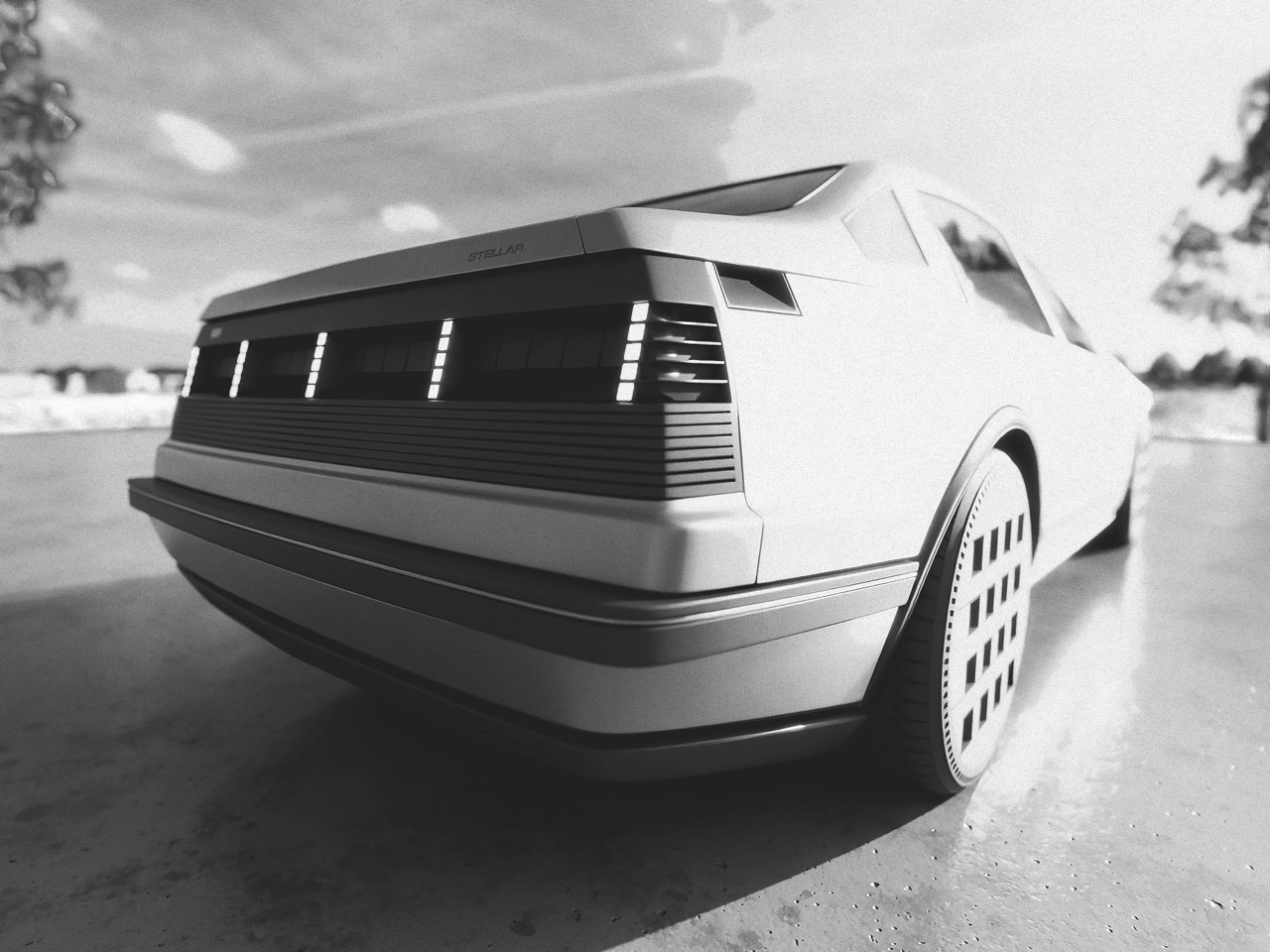
The post The Hyundai Stellar Reboot We All Deserve Is Finally Here (But It’s Not Real) first appeared on Yanko Design.
Read More . . .|
 | Tweet
| Tweet